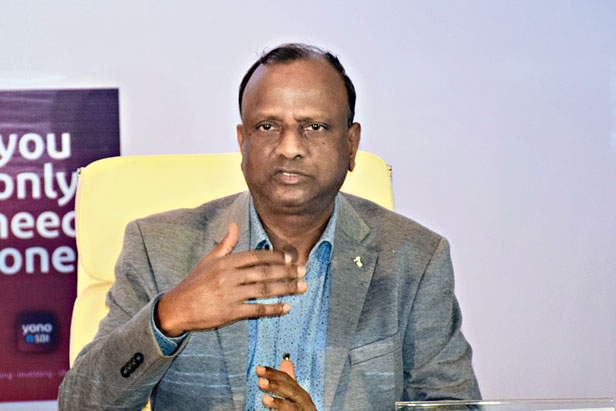Public sector banks have initiated a bottoms-up consultative process at the branch level for a diagnosis of the limp credit growth in the economy that threatens to derail Prime Minister Narendra Modi’s ambitious goal to turn India into a $5-trillion economy by 2025.
The exercise, which was carried out country-wide on Saturday and Sunday, comes at a time the economy is facing headwinds, with the growth rate slowing down to a five-year low of 6.8 per cent in 2018-19.
There are ominous signs that the slowdown might deepen further: the automobile sector is facing its worst crisis in two decades, and reports suggest thousands of job losses in the auto and ancillary industries.
Even fast-moving consumer goods companies have reported a decline in volume growth in first quarter.
The slowdown in the growth rate has taken its toll on credit demand as banks grapple to lend across segments despite lowering interest rates.
According to the Reserve Bank of India, the annual growth rate of gross bank credit has come down to 11.1 per cent in June from 12.2 per cent at the start of the fiscal.
Credit flow to retail, MSMEs and agriculture — the three areas where the banks were looking at a bigger offtake to compensate for a cautious approach on loans to companies — has seen signs of stress.
Surplus liquidity
“Credit demand as of now is subdued. But there are no supply side constraints. All the banks are more or less adequately capitalised. Rates have moderated quite a bit and the system is sitting on surplus liquidity,” SBI chairman Rajnish Kumar said.
Kumar said the banks had held extensive discussions at various levels of the government on the performance of banks and their alignment with the national priorities.
“The purpose of this exercise is to do an honest analysis and identify the challenges,” Kumar said, adding the SBI is looking at a credit growth rate of 12-14 per cent in this financial year.
“There is perceptible stress in the MSME and agriculture segments. The auto sector is in an overall slowdown and people are losing jobs. Non-bank finance companies are also not in good shape,” Ashok Kumar Pradhan, MD and CEO of United Bank of India, said.
“Amid rising stress in different sectors, bankers are exercising caution on whom to finance. So, about a month back, discussions started on how the slowdown can be avoided,” Pradhan said.
Key prop factors
According to Kumar, the impact of the monsoon, increased spending by the government on infrastructure and measures to boost consumer earnings would play a key role to revive credit demand.
“The second half of the year is always a busy season and we are hopeful of a revival in demand,” he said.
A number of areas have been highlighted for a review at the branch-level — including digital payments, corporate governance and advances to the retail sector, agriculture, MSMEs and export.
The diagnosis at the branches will also cover renewable energy, financial inclusion and direct benefit transfer. The aim is to prepare a national road map after from the branch reviews.
State Bank of India, Bank of Baroda, Bank of India, Indian Overseas Bank, Union Bank of India, Punjab National Bank, Canara Bank, Andhra Bank, Syndicate Bank and United Bank of India were among the public sector banks to approach the branches for discussions.
In Bengal, fluctuating weather and its impact on agriculture credit, availability of land records and its digitisation and support from the administration in credit recovery are among the key concerns.
The suggestions from the branches will then be deliberated at the state-level bankers’ committee scheduled later this month where a comparative picture of various banks would be available. After this, the final consultations will be held at the national level to compare both the intra- and inter-bank performances and finalise the road ahead for the banks.










